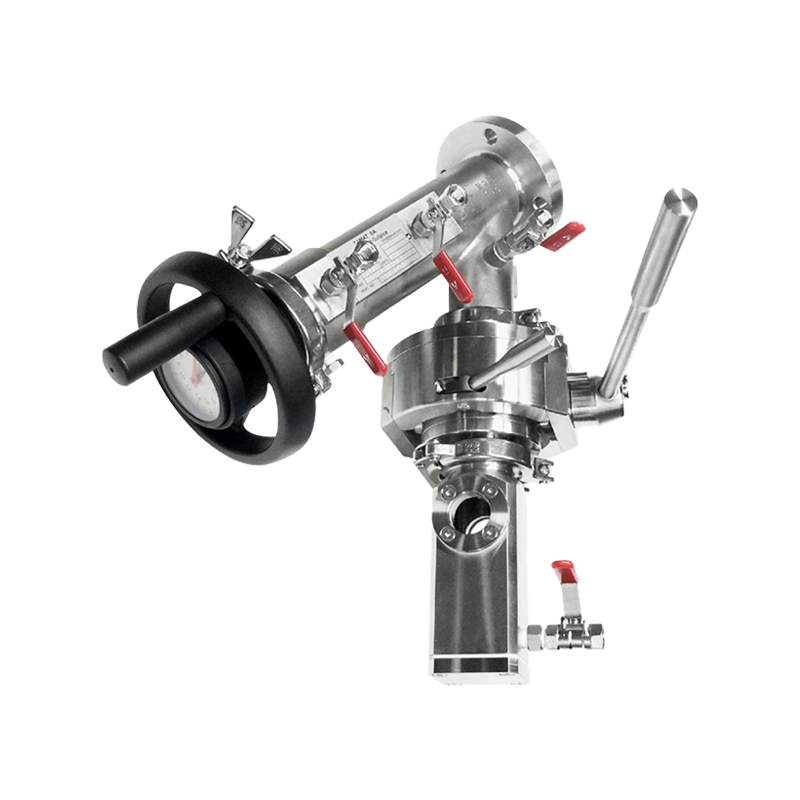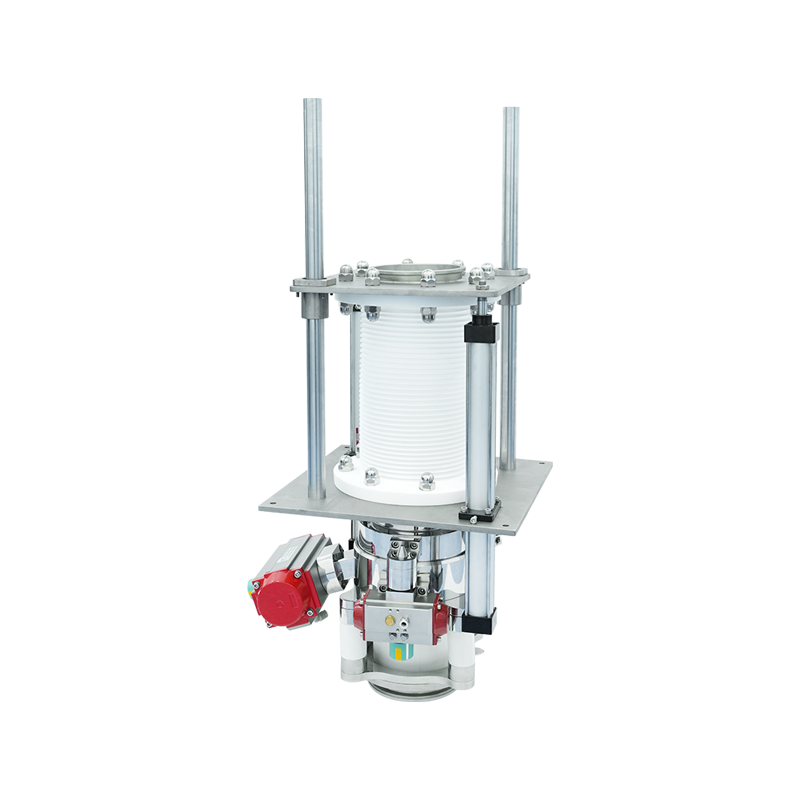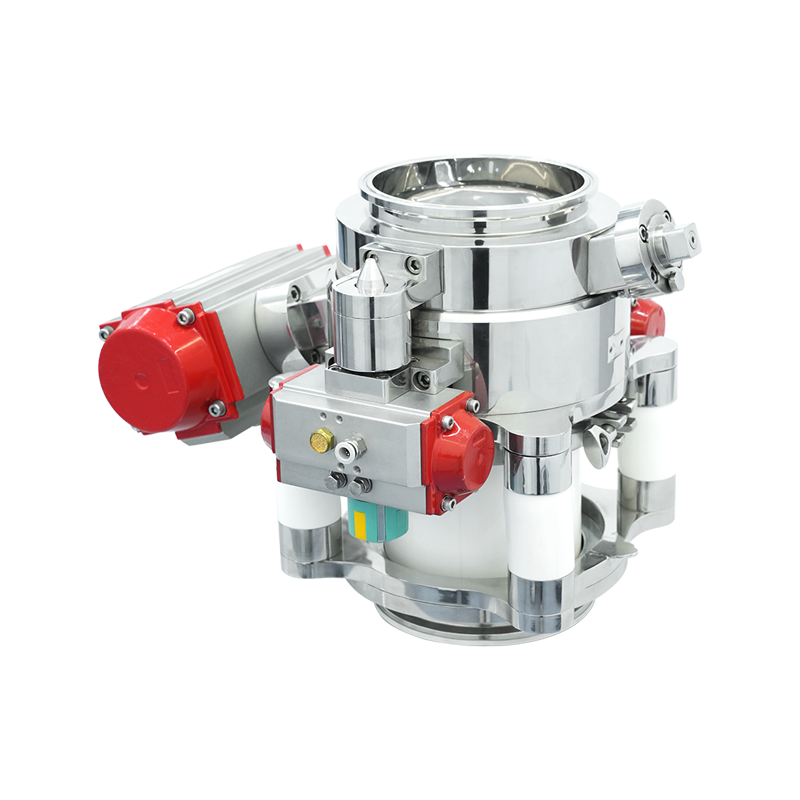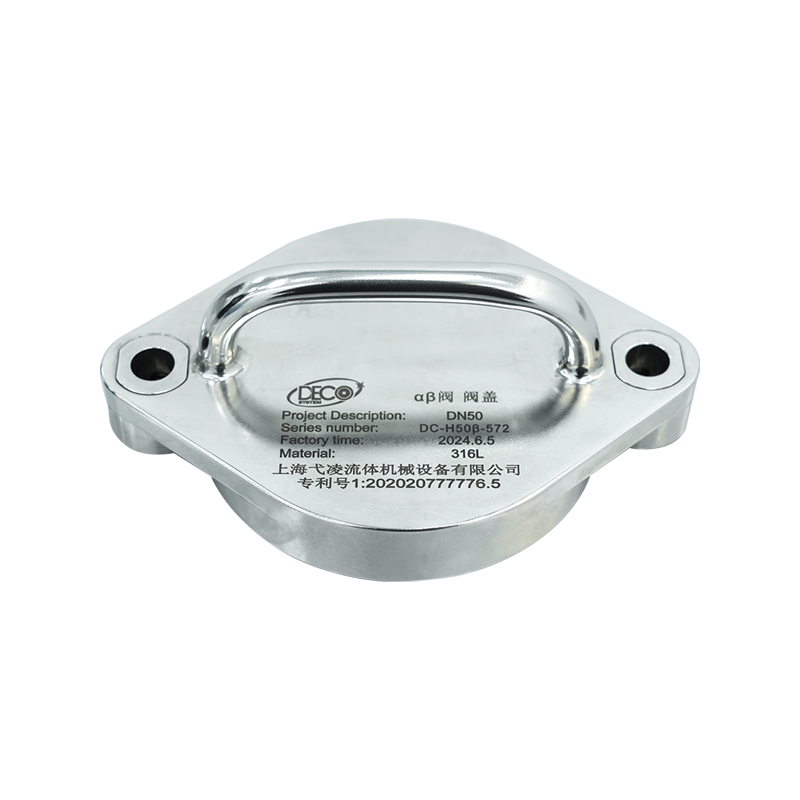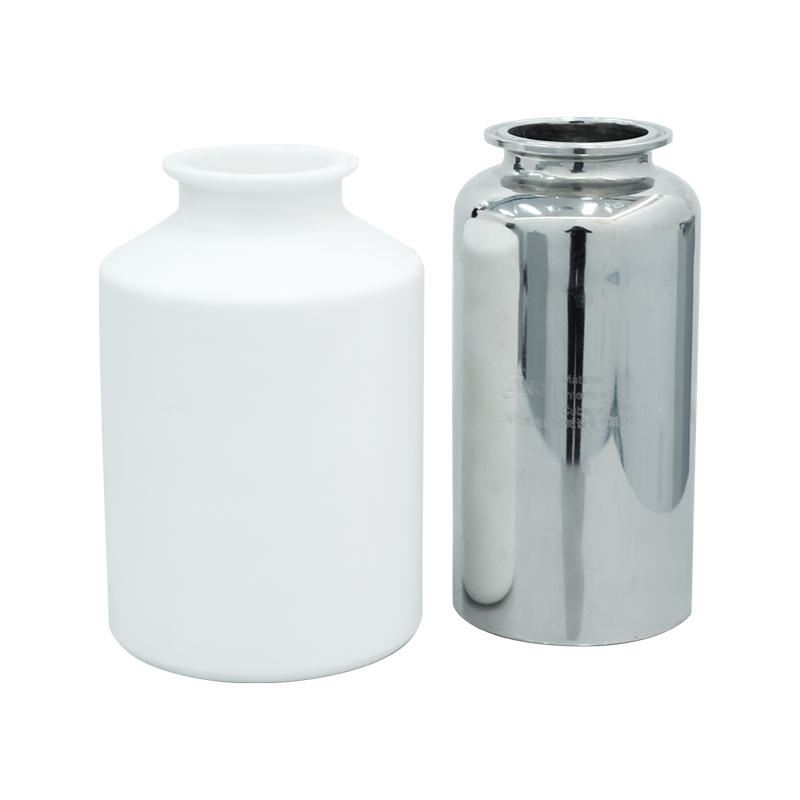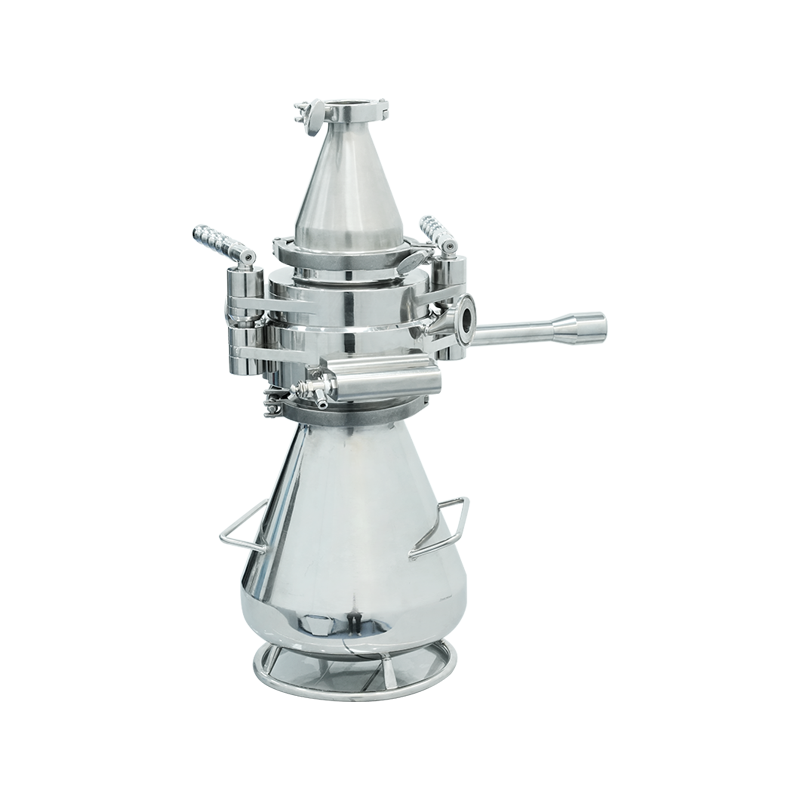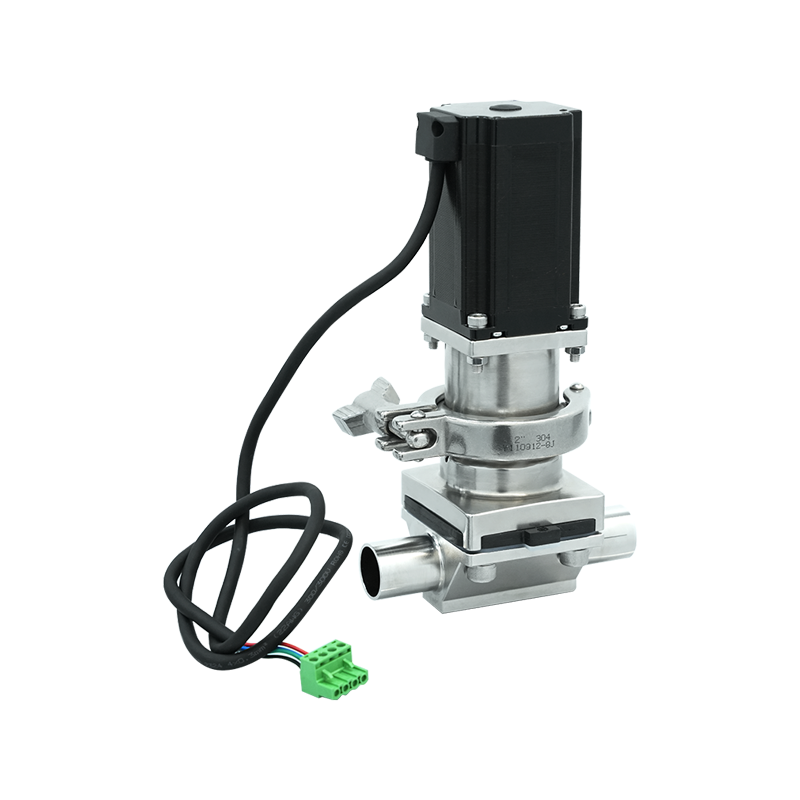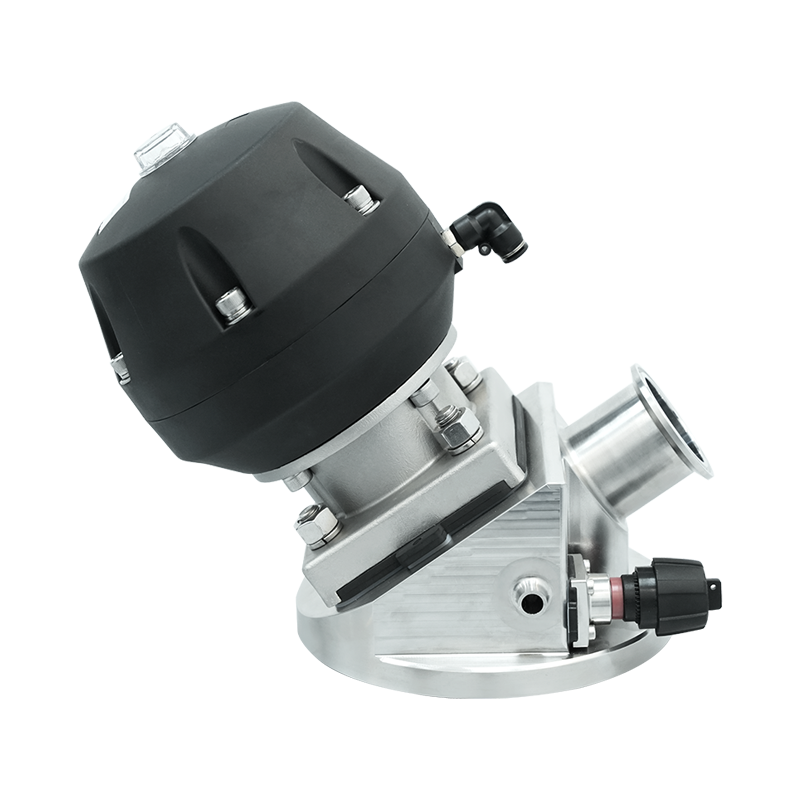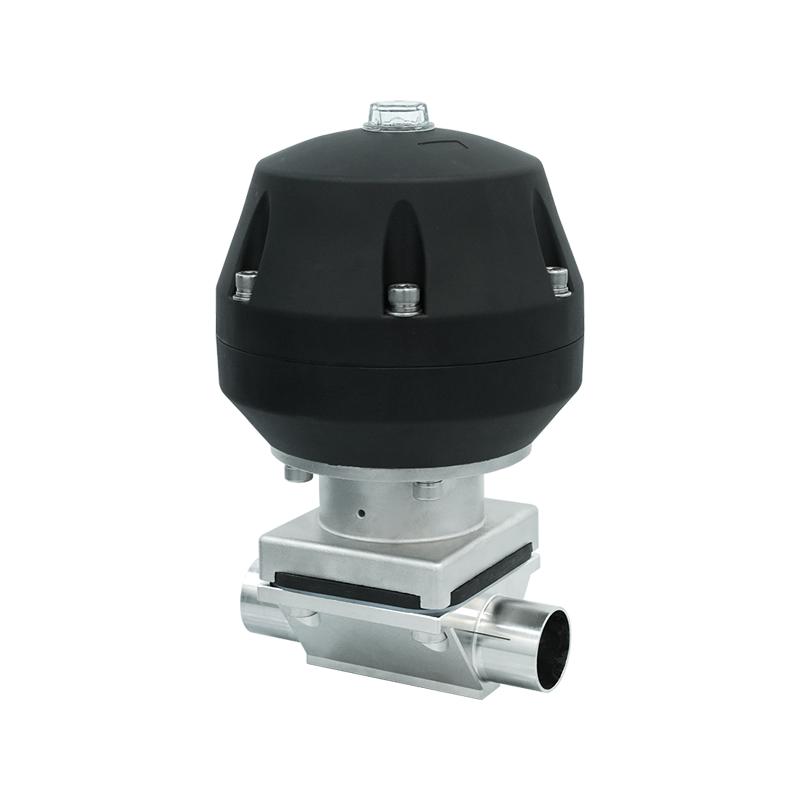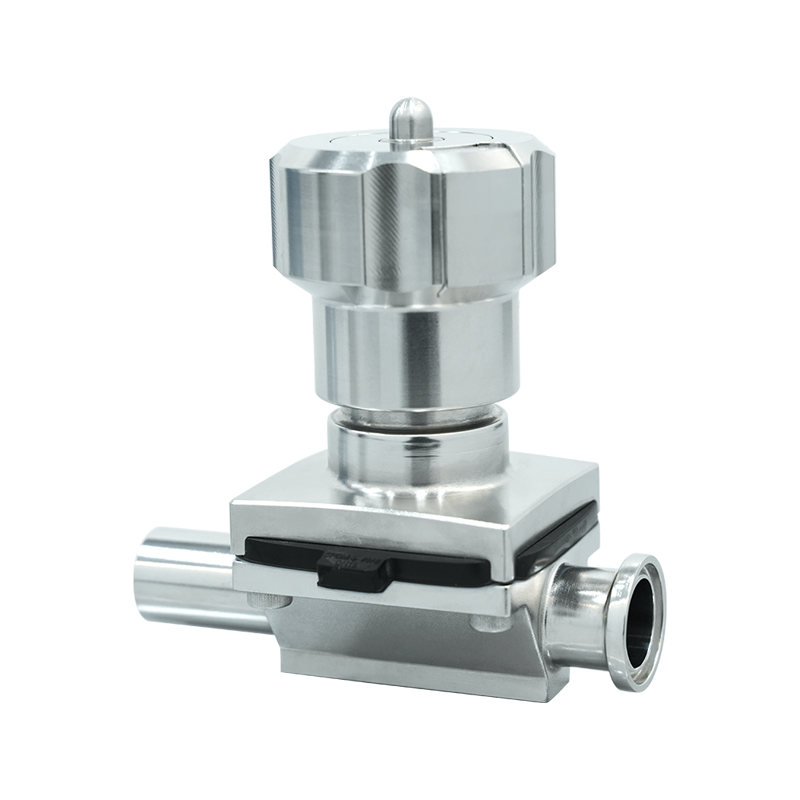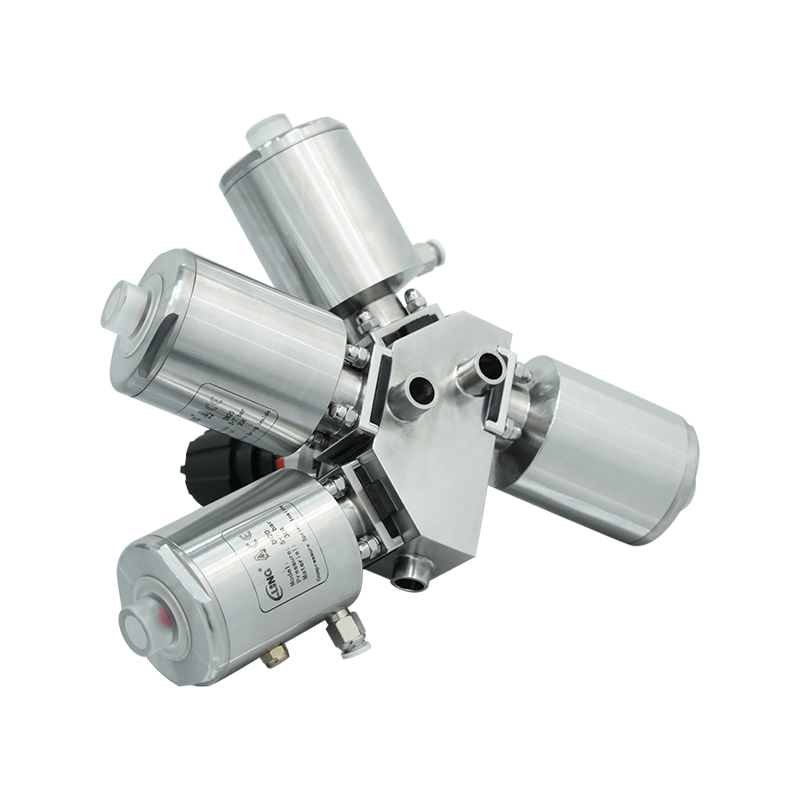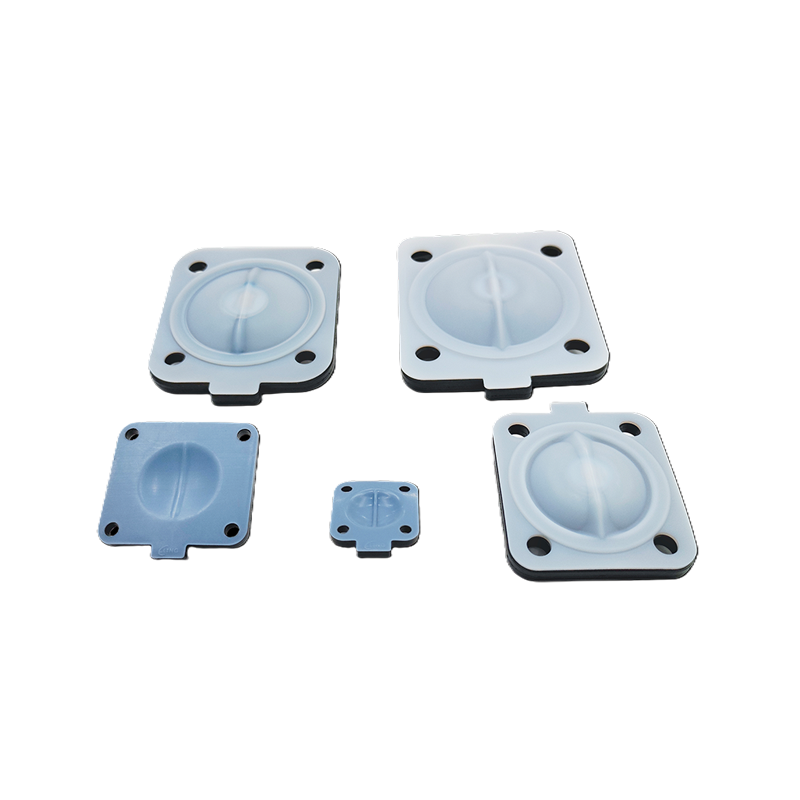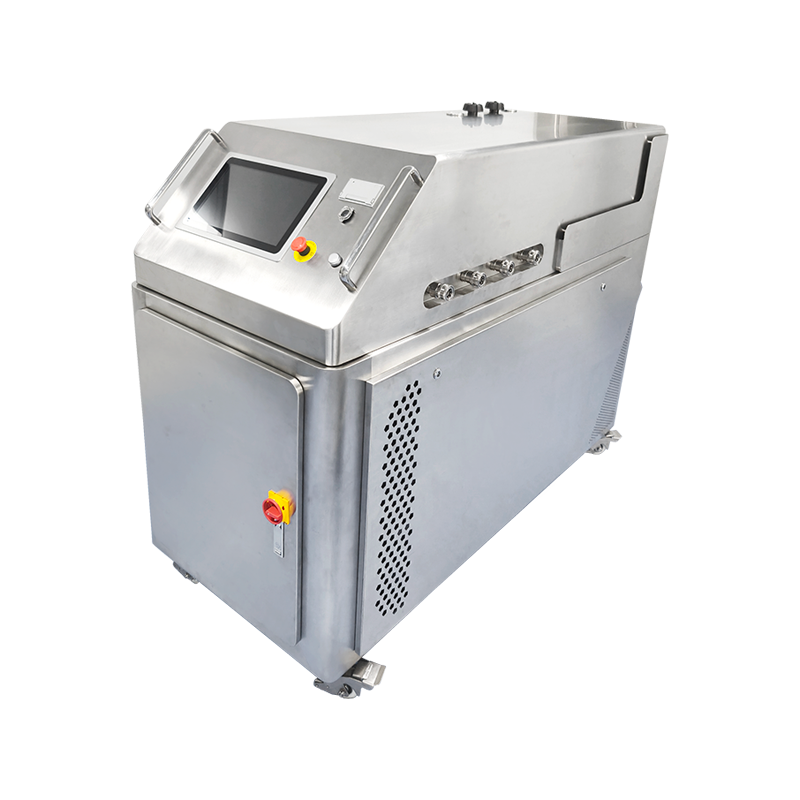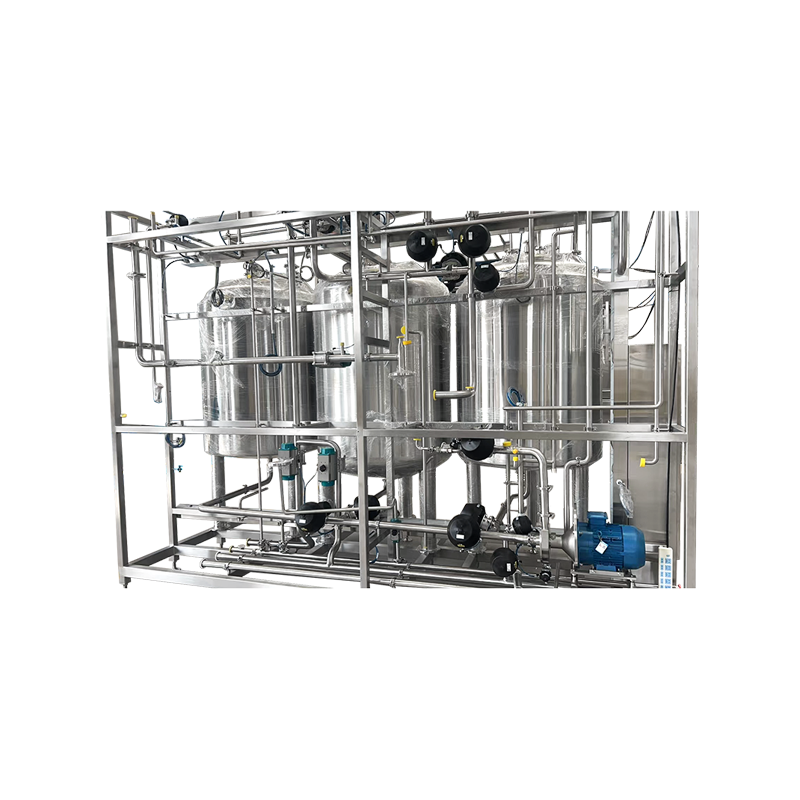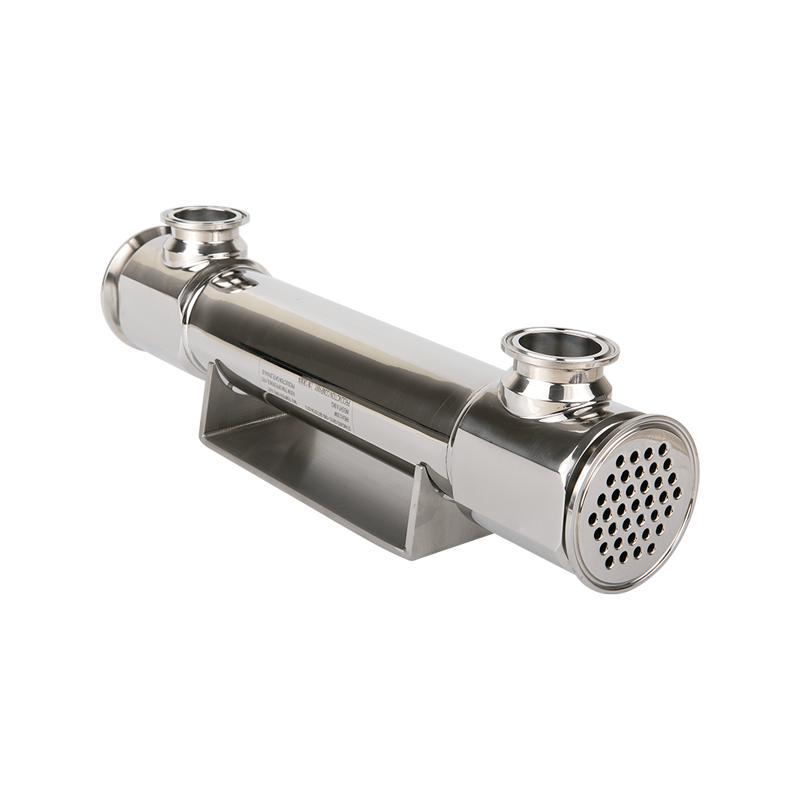When selecting a manual diaphragm valve for industrial or sanitary applications, one of the most overlooked yet critical decisions is the choice of materials used in the valve body and the diaphragm itself. While the valve’s basic operation is straightforward—using manual control to open or close the flow path—the materials determine how well the valve performs under specific operating conditions, including chemical exposure, temperature extremes, and hygienic requirements. An informed material choice can drastically improve longevity, ensure compatibility with process media, and reduce maintenance needs.
The valve body is typically manufactured from materials such as stainless steel, PVC, or polypropylene, with stainless steel (especially 316L grade) being the preferred option in pharmaceutical, food, and high-purity applications. Stainless steel offers superior corrosion resistance, mechanical strength, and a clean surface finish that supports sterilization processes. On the other hand, for chemical processing or water treatment, thermoplastic options like PVDF or CPVC might be more suitable due to their resistance to aggressive acids or alkalis. The correct body material ensures structural reliability and prevents corrosion-related failures, which are often costly and dangerous.
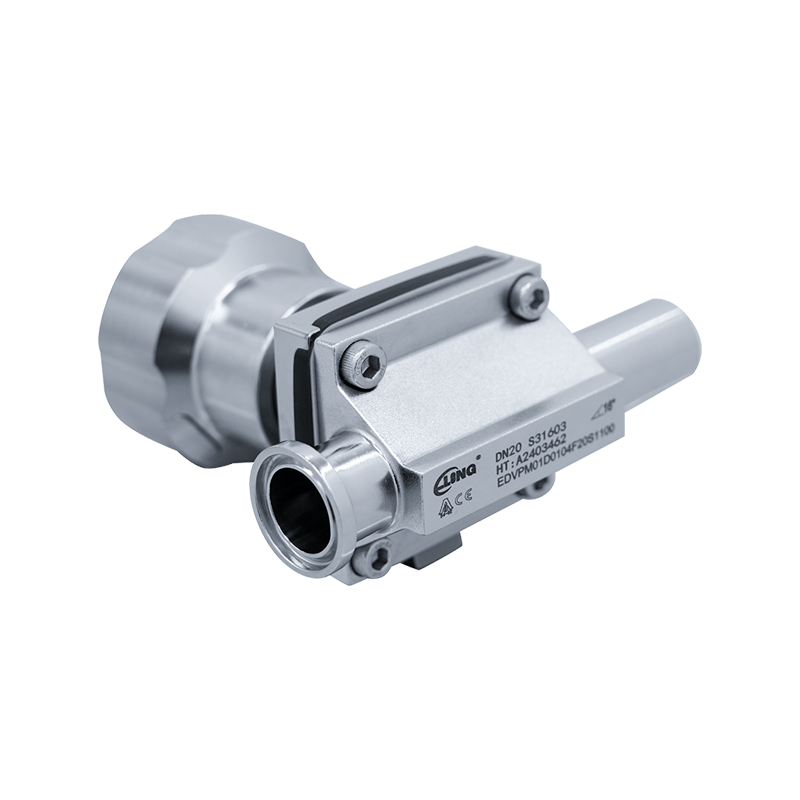
Equally important is the diaphragm material. Common diaphragm options include EPDM, PTFE, and FKM (Viton), each with distinct chemical compatibility profiles and temperature tolerances. EPDM is widely used for its flexibility and resistance to water-based solutions, while PTFE provides exceptional resistance to aggressive chemicals and high temperatures, making it a go-to for demanding environments. In pharmaceutical and biotech fields, PTFE-lined diaphragms are often used to ensure non-contamination and compliance with cleanroom-grade processes. The diaphragm, acting as both the sealing element and the flexible actuator, must maintain elasticity and integrity over countless cycles.
A key advantage of the manual diaphragm valve is its adaptability to various operating environments through material customization. Unlike automated valves, which might require added protection against corrosion or temperature, manual types rely on simple mechanics and material durability to perform. This makes the material choice even more essential—once installed, these valves are expected to function reliably with minimal intervention, especially in systems where cleanliness and leak prevention are non-negotiable.
In addition to chemical and temperature resistance, the surface finish and material certifications also play a significant role. Manual diaphragm valves used in hygienic industries often require internal surface finishes below a certain roughness threshold (e.g., Ra < 0.5 µm) and must comply with standards such as FDA, USP Class VI, or 3-A. Choosing materials that meet these criteria ensures not just functional compatibility but also regulatory compliance, giving customers peace of mind during audits and inspections.
From a manufacturer’s perspective, offering manual diaphragm valves with a wide range of material options is more than just a technical feature—it’s a promise of flexibility and industry insight. Customers value suppliers who understand the practical realities of chemical compatibility, product safety, and maintenance costs. Whether you're working with ultrapure water or aggressive solvents, the right material configuration makes a measurable difference in performance and reliability over time.
In summary, the effectiveness of a manual diaphragm valve depends heavily on informed material selection. It’s not just about resisting chemicals or withstanding pressure; it’s about choosing the best combination of materials that align with the valve’s operational context. For customers seeking dependable, long-lasting flow control solutions, understanding these material dynamics is the first step toward making the right investment.






